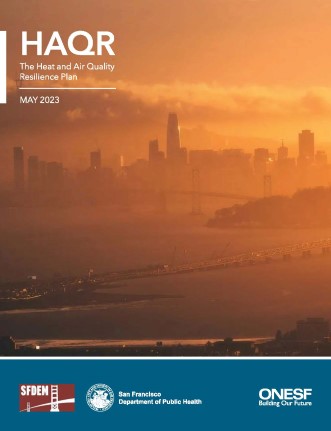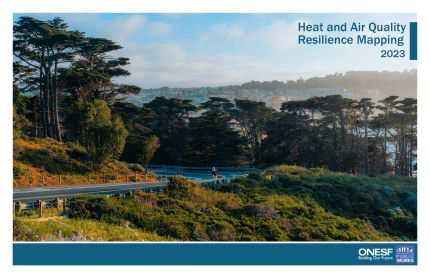Heat and Air Quality Resilience
San Francisco is particularly vulnerable to extreme heat events and wildfire smoke events because our buildings, infrastructure, services, and communities were not designed for extreme temperatures and poor air quality. As these events increase in frequency and intensity, it’s vital that San Francisco safeguards the well-being of vulnerable populations through infrastructure improvements, better response mechanisms, and comprehensive planning.
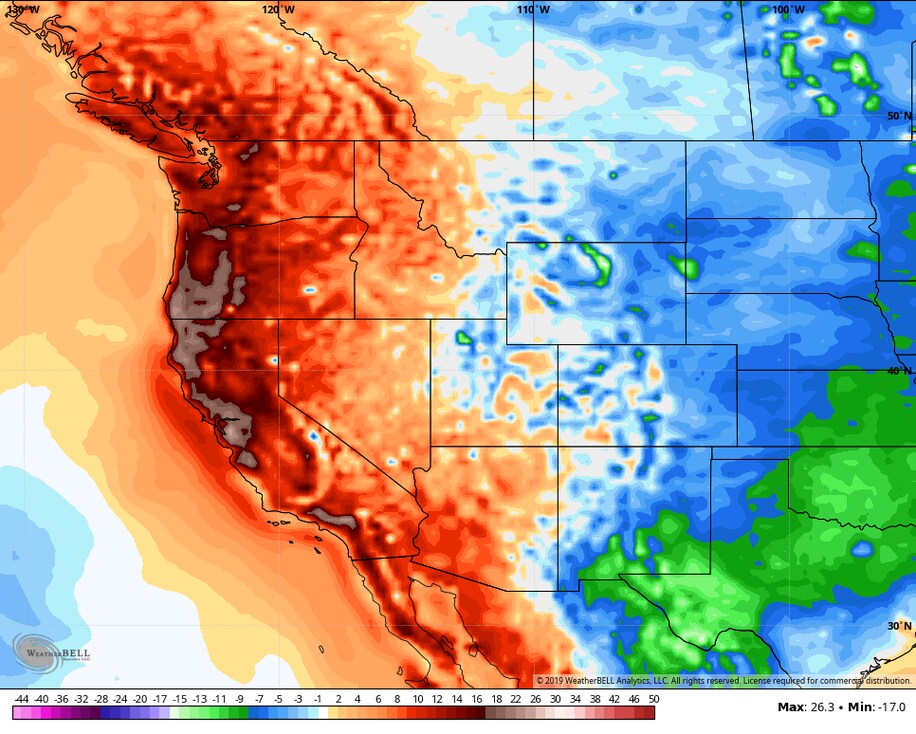
Heat and Air Quality Resilience Project
The objective of the Heat and Air Quality Resilience Project is to increase San Francisco’s
resilience to the health impacts of climate change-related extreme heat and air quality hazards, with a particular focus on the resilience of disproportionately impacted frontline and BIPOC (Black, Indigenous, and People of Color) communities. The Heat and Air Quality Resilience Project will:
- Facilitate the implementation and improvement of medium to long-term mitigation, preparedness, emergency response, and resilience strategies
- Increase San Francisco’s capacity to collaborate on both current and future extreme heat and air quality resilience initiatives
- Advance racial and social equity through the just distribution of risk reduction and resilience benefits
- Increase funding for extreme heat and air quality strategies
- Increase efficacy of resilience strategies
- Increase community involvement in extreme heat and air quality
The Heat and Air Quality Resilience Project (HAQR) is San Francisco’s first comprehensive initiative to identify and address the public health impacts of extreme heat and wildfire smoke in San Francisco and the conditions that may exacerbate those impacts. The Heat and Air Quality Implementation Plan represents two years of the Heat and Air Quality Resilience Project working with community, public, private and academic partners. This plan establishes a framework to address current local extreme heat and wildfire smoke events while preparing for future ones.
The objectives of the Heat and Air Quality Implementation Plan are to:
- Identify extreme heat and wildfire smoke as significant and inequitable health threats.
- Define a San Francisco resilient to the health impacts of extreme heat and wildfire smoke.
- Develop staff-level, leadership-level, and community-level consensus on the strategies and actions necessary to build that resilient San Francisco.
- Facilitate the short, medium, and long-term implementation of the strategies necessary to build that resilience across San Francisco.
Implementation plan strategies are organized by Resilience Pathways. Resilience Pathways refer to the mechanism that connects a specific strategy to increases in community resilience to extreme heat and/or wildfire smoke. The Resilience Pathways in this document are:
- San Francisco’s buildings are adapted to reduce exposure to extreme heat and poor air quality.
- San Francisco’s exterior built and natural environments are adapted to reduce exposure to extreme heat and poor air quality.
- San Francisco is made more resilient to extreme heat and wildfire smoke through equitable emergency preparedness, response, and resilience actions.
- San Francisco is made more resilient to both current and future extreme heat and wildfire smoke events through City services that can predict and adapt to climate-related stressors.
The Office of Resilience and Capital Planning worked with Public Works and the Department of Public Health to map a combination of environmental and health equity data to identify priority zones for future green infrastructure efforts. The results can be found by clicking the PDF above and a GIS layer can be found on DataSF.
This information can be used by public agencies to support grant applications, funding requests, and policymaking. It can also be a resource for community organizations for fundraising, advocacy, or education efforts.
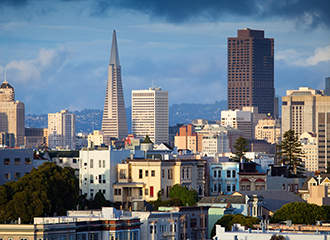
The Hazards and Climate Resilience Plan (HCR) is San Francisco’s roadmap to addressing the impacts of natural hazards and climate change on our assets and our people.
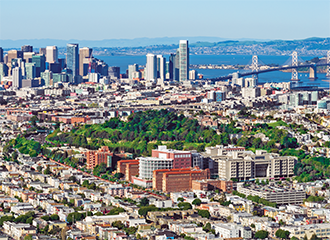
The Department of Public Health's Climate and Health Program is working to develop solutions to support healthy and climate-ready communities.


